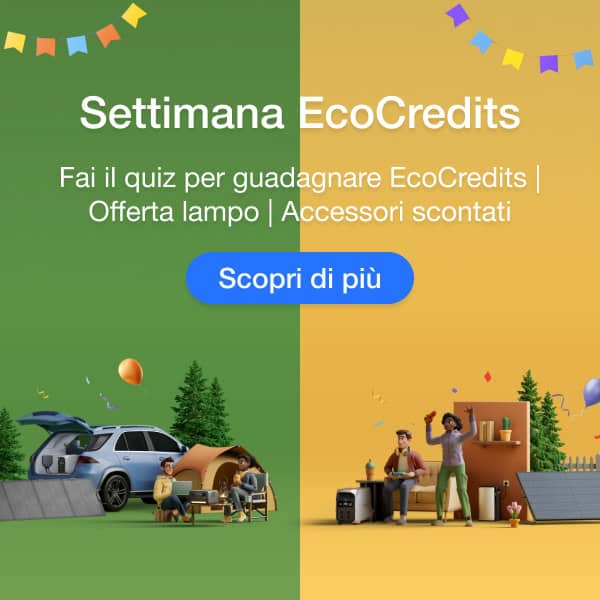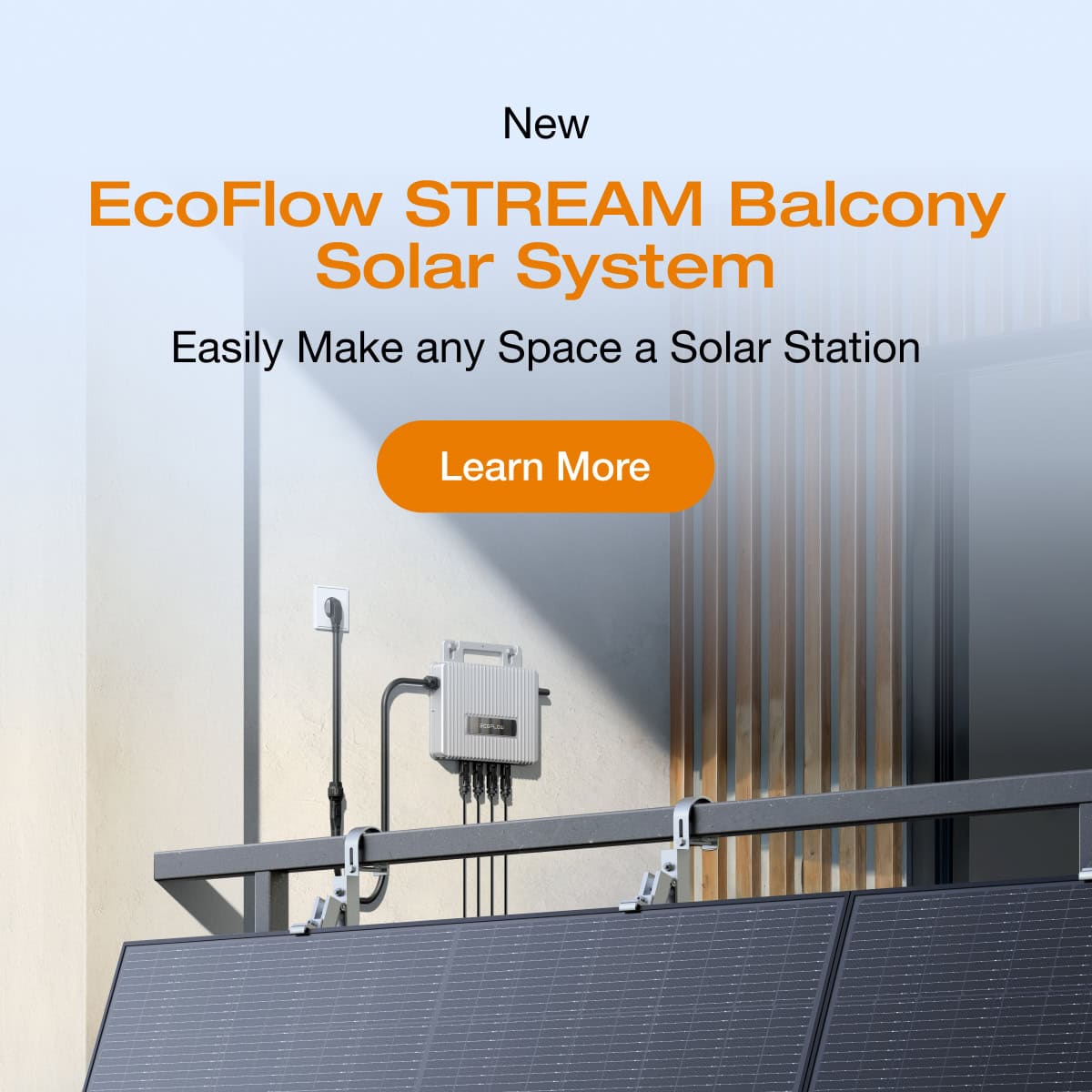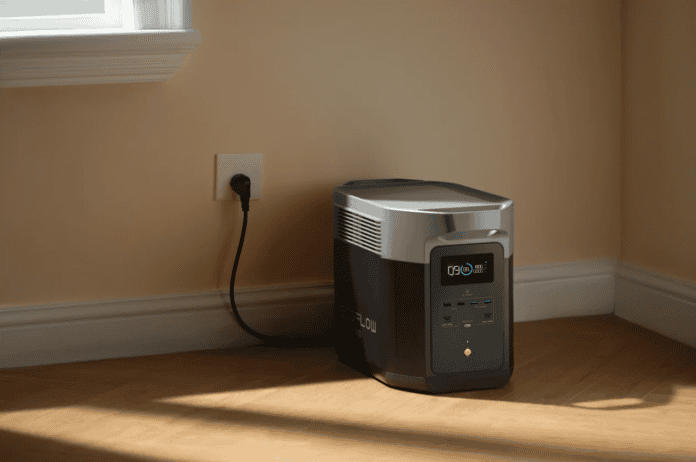Table of Contents
Lithium-ion batteries are a multi-purpose energy source that power everything from smartphones to electric vehicles. But what makes these batteries so essential, and what are the different ways you can use them?
We’ll explore the inner workings and widespread applications of lithium-ion batteries, highlighting their importance in our daily lives.
What Is a Lithium-Ion Battery?
Lithium-ion batteries, often called Li-ion batteries, are rechargeable power sources found in many modern devices. First created for retail sale by Sony in the 1990s, they are now the most popular rechargeable battery chemistry in everyday devices like smartphones and electric vehicles.
They stand out for their high energy density, lightweight build, and long lifespan compared to older battery technologies.
What Are the Internal Components of a Lithium-Ion Battery?
Each lithium-ion cell comprises six components.
Electrodes
Each cell contains two electrodes, one positive and one negative. They are the heart of the battery, responsible for storing and releasing energy. The anode is the negative electrode, while the positive is called the cathode.
Anode
The anode is typically made of graphite, a form of carbon that enables electric current to flow through an external circuit. Lithium ions begin in the cathode and move to the anode, getting stored there during charging. This process is reversed during discharge, supplying power to your device.
Cathode
The cathode, made from lithium metal oxide, is where lithium ions originate. It is responsible for determining the cell’s capacity and voltage. During discharge, lithium ions start at the anode and flow back to the cathode, producing an electric current. This movement is crucial for the battery’s operation.
Electrolyte
The electrolyte is a chemical medium that conducts electricity, allowing lithium ions to move freely between the cathode and anode during charge and discharge. It’s the conduit for the ions passing between the anode and cathode, which conduct electricity.
It’s usually a lithium salt and additives dissolved in an organic solvent. This component is essential for the cell’s ability to recharge.
Current Collectors
Current collectors are thin sheets of conductive metal foils that connect the electrodes to the external circuit via the cell’s terminals. They facilitate the flow of electrons between the battery, the energy source, and the device it powers, ensuring efficient energy transfer.
Separator
The separator is a physical barrier and porous membrane or polymeric film between the anode and cathode. It prevents the electrodes from coming into direct contact with each other, which could lead to a dangerous short circuit while still enabling critical lithium ions to flow through freely.
How Does a Lithium-Ion Battery Work?
When a lithium-ion battery charges, lithium ions flow from the cathode, where they originate, to the anode via the separator and through the conductive electrolyte to ensure the battery gets recharged. Electrons flow through the external circuit, balancing the charge.
As lithium ions move, they activate free electrons in the anode, creating a charge at the positive current collector. Then, the flow of electric current goes through the powered device to the negative current collector. Don’t worry—the separator prevents the flow of electrons within the cell.
During discharge, the process reverses. Lithium ions travel from the anode back to the cathode, generating a new flow of electrons from one end of the cell to the other and releasing energy that powers your device. The charging and discharging cycle makes lithium-ion batteries rechargeable, unlike traditional batteries that can only be used once.
Common Applications of Lithium-Ion Batteries
Li-ion batteries are ubiquitous in modern life. Here are some of the most popular applications for lithium-ion cells.
Portable Power Packs
Portable power packs, like EcoFlow Portable Power Stations, use lithium-ion cells called LiFeP04 to provide extra charge when you’re on the go or otherwise somewhere without access to wall plugs or other power sources.
Because these batteries and power packs are compact, lightweight, and highly efficient, they’re perfect for charging tablets, phones, and other small devices.
Solar Power Storage
Lithium-ion batteries are increasingly used in solar power systems for residential or off-grid living. For example, when connected to solar panels, EcoFlow DELTA Series Portable Power Stations can store excess solar energy for use at night or when it’s cloudy, thanks to their lithium-ion LiFeP04 battery chemistry.
Such storage capability makes solar power more reliable and efficient. It also ensures you can utilise all the solar energy you capture rather than sending it back to the grid or wasting it.
RV Power
Lithium-ion batteries are commonly used in RVs because they are lightweight and long-lasting. They allow RV owners to enjoy modern conveniences, like lighting and appliances, without relying on external power sources.
Their durability and long lifespan ensure they’re a sound investment that RV users can tap into when not connected to power hookups at campsites.
Emergency Backup Power
Lithium-ion batteries provide backup power for critical systems like medical devices and communication equipment in emergencies. Their reliability and quick recharge times make them invaluable home backup systems in crises.
They can be used with solar power systems, stand independently in instances like the EcoFlow Delta Pro, or connect directly to your home’s electrical setup through systems such as EcoFlow Power Kits.
How Long Do Lithium-Ion Batteries Last?
You can measure the lifespan of a lithium-ion battery in something called charge cycles. One charge cycle is a complete charge and discharge of the cell. Most lithium-ion batteries last between 300 to 500 charge cycles, translating to about two to three years of regular use. Top-tier lithium-ion batteries, like the LiFeP04 batteries found in EcoFlow products, can last up to 3,000 cycles at 100% capacity before continuing to operate at a reduced 80% capacity.
Factors like temperature, usage patterns, and charging habits can affect battery life. Keeping the battery between the sweet spot of a 20%- 80% charge, avoiding extreme temperatures, and using the correct charger can help extend its lifespan.
Frequently Asked Questions
Lithium batteries are single-use and can’t be recharged. They’re commonly used in devices like cameras and pacemakers. In contrast, lithium-ion batteries are rechargeable, making them suitable for various applications, including consumer electronics like smartphones and electric vehicles.
Regular batteries, such as alkaline or lead-acid, have lower energy densities and are often heavier than lithium-ion batteries. They’re usually used in applications where cost is a significant factor. Lithium-ion batteries have a much higher energy density, lighter design, and longer life, making them ideal for portable and high-performance devices.
Final Thoughts
Lithium-ion batteries offer unmatched energy density, lightweight construction, and a long lifespan. Their applications are vast and varied, from powering our gadgets to storing renewable energy. Understanding how they work and how to care for them can help you make the most of their capabilities.
Are you curious to see how lithium-ion batteries can benefit your lifestyle? Explore how EcoFlow’s Portable Power Stations, powered by LiFeP04 battery cells, can serve as portable power packs, solar energy storage, or whole home backup.







